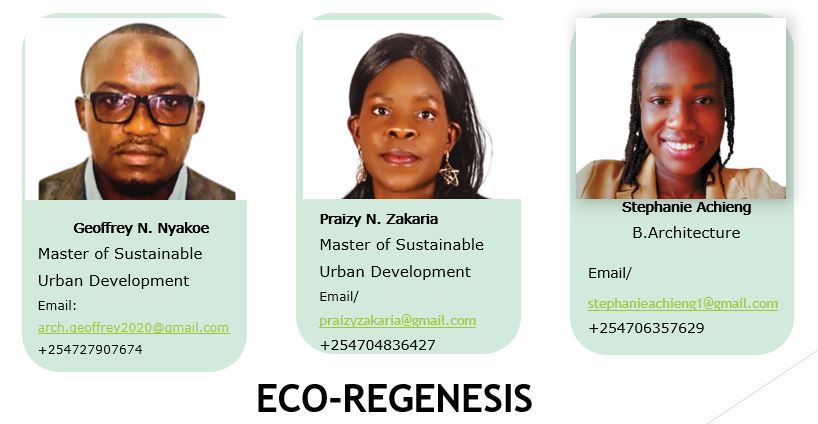Challenge 3: Conceptualizing Regenerative Thinking & Systems at Urban Scale
Eco-Regenesis
Urban System Solutions of the Future
Wetlands Restoration
The wetlands are a hidden treasure of tremendous ecological significance in Kibera. The wetlands, which historically included the well-known Nairobi Dam, rivers and streams, were essential for maintaining the local ecology since they served as a source of freshwater, supported biodiversity, and served as sources of livelihood. But over time, these priceless wetlands have suffered from neglect and pollution, leading to serious ecological imbalances and reduced societal benefits. Eco-regenesis proposes regenerative strategies to give wetlands a new life, regaining their biological integrity, reducing the risk of floods, and creating livelihood that foster the wellbeing of both nature and the local population.
Kibera Informal Settlement-base Map
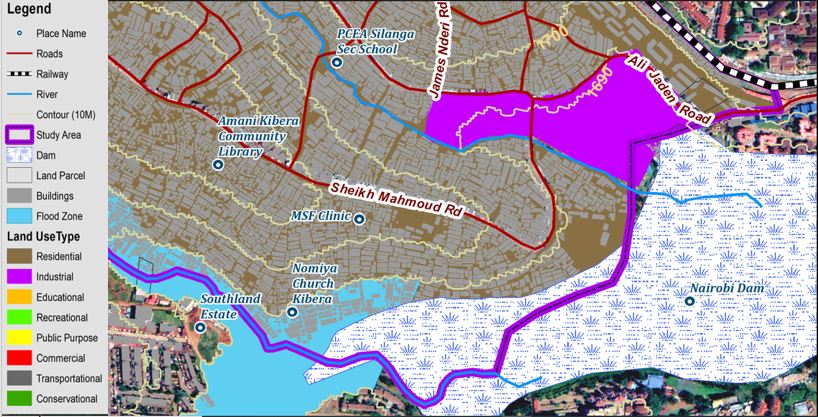
Importance of Wetlands in Urban Areas
Urban wetlands are essential because they offer a variety of significant ecological and societal benefits. They act as natural water filters, enhancing the quality of the water. In addition to absorbing excess water and lowering the risk of urban flooding, wetlands serve as natural barriers against storms and floods, they foster a wealth of biodiversity by acting as homes for a variety of plant and animal species, they help to regulate the climate by storing carbon dioxide and reducing the effects of climate change, they improve quality of life and offer livelihood opportunities.
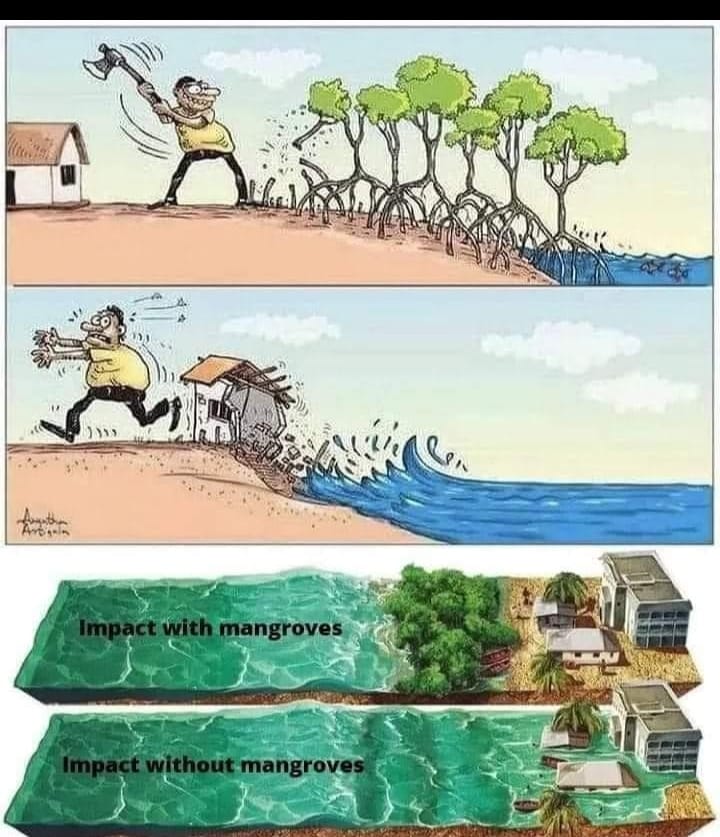
History of Wetlands in Kibera
The Nairobi Dam was essential in serving as a backup water source for inhabitants in Kibera in the early 1950s, holding water flows from the Ngong River and the Rift Valley escarpment. The wetlands next to the dam were thriving ecosystems that enhanced biodiversity. The dam served as a recreational hub for pursuits including sailing, swimming, and fishing in addition to being a supply of water. The rivers and streams were the main sources of water. The wetlands in Kibera experienced problems and degradation throughout time as a result of development, pollution and other factors. However, attempts have been made to restore and revitalize these wetlands in an effort to regain their ecological roles and the advantages they offer to the community and the environment as a result of the acknowledgment of their significance.

Regenerative Strategies for Wetlands Restoration in Kibera
In restoring the wetlands in Kibera, Eco-regenesis proposes nature-based wastewater management system, ecosystem ponds, grass belt, fruit gardens, multipurpose green spaces, and using permeable pavements. These strategies seek to improve the wetlands’ natural services while also benefiting the people in numerous ways. They will support the overall regeneration and sustainability of the wetland ecosystem in Kibera by improving water quality, enhancing biodiversity, increasing livelihood, creating recreational spaces, and reducing storm-water runoff, fostering a healthier and more resilient urban environment.
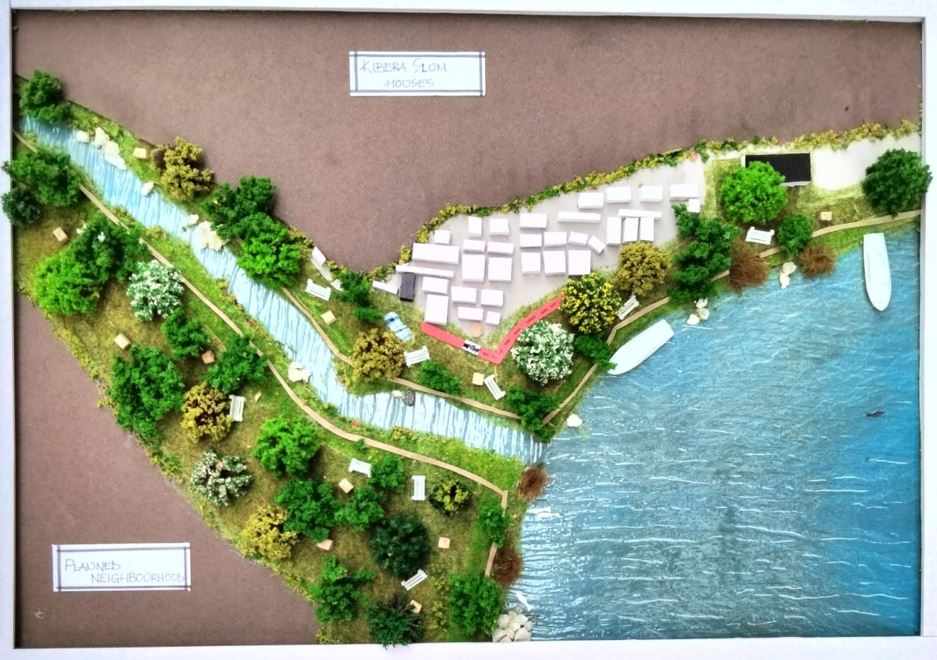
Waste-water Management System
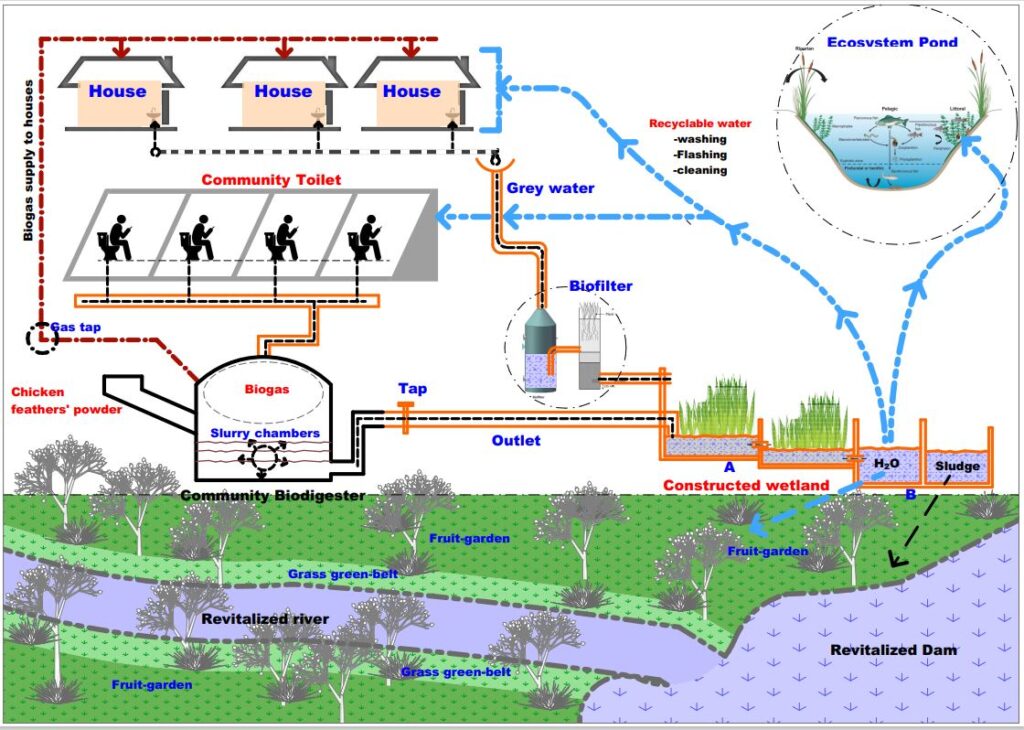
Business Model

Conclusion
Wetlands have both ecological and societal benefits. Informal settlements such as Kibera’s have been degraded by pollution and uncontrolled developments among other factors. Limiting them from playing their utmost role in the ecosystem. Eco-regenesis proposes numerous strategies that can help in their restoration. These include nature-based wastewater management systems, grass belts, fruit gardens, ecosystem ponds, permeable pavements, and multifunctional green spaces. These strategies will support the overall regeneration and sustainability of the wetland ecosystem by improving water quality, enhancing biodiversity, increasing livelihood, creating recreational spaces, and reducing storm-water run-off, fostering a healthier and more resilient urban environment.
Authors
